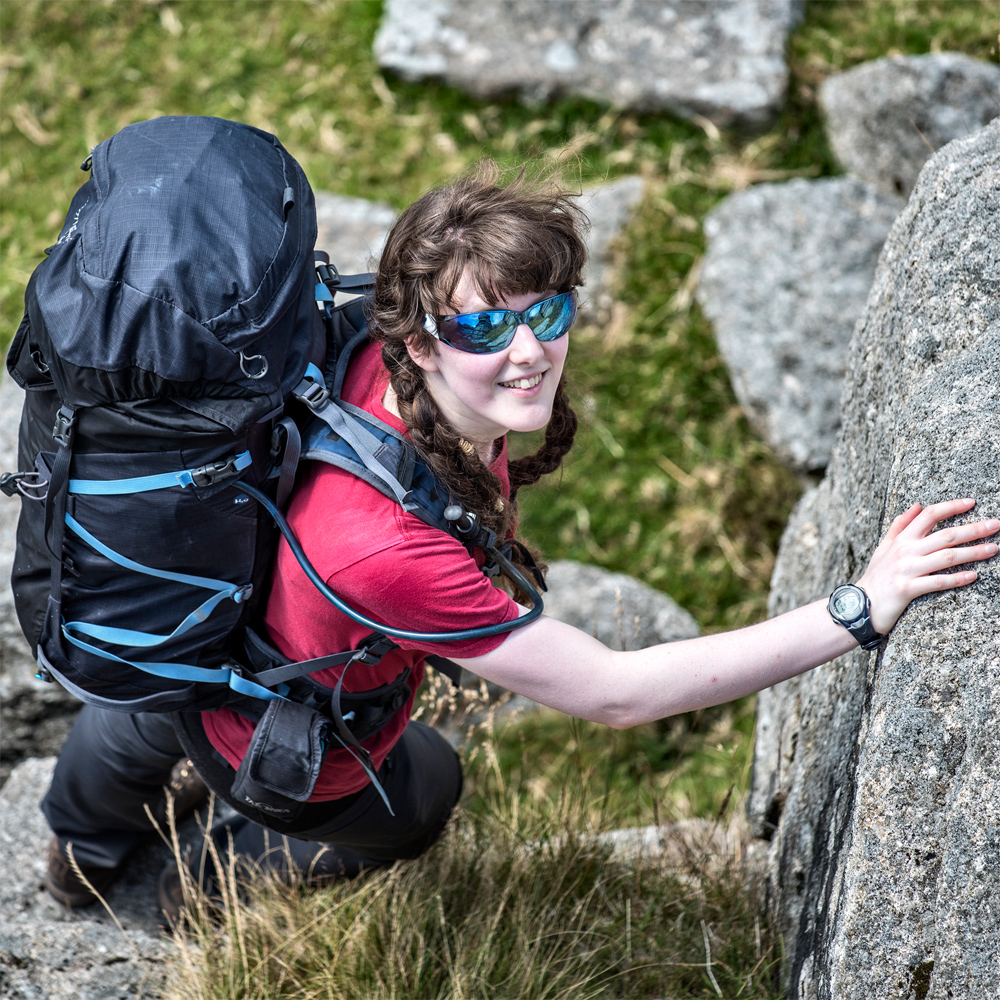Where not to camp: our expert guide to avoiding disaster when you pitch
It’s not always possible to find the perfect place to pitch – but knowing where not to camp can make your trip a whole lot more pleasant
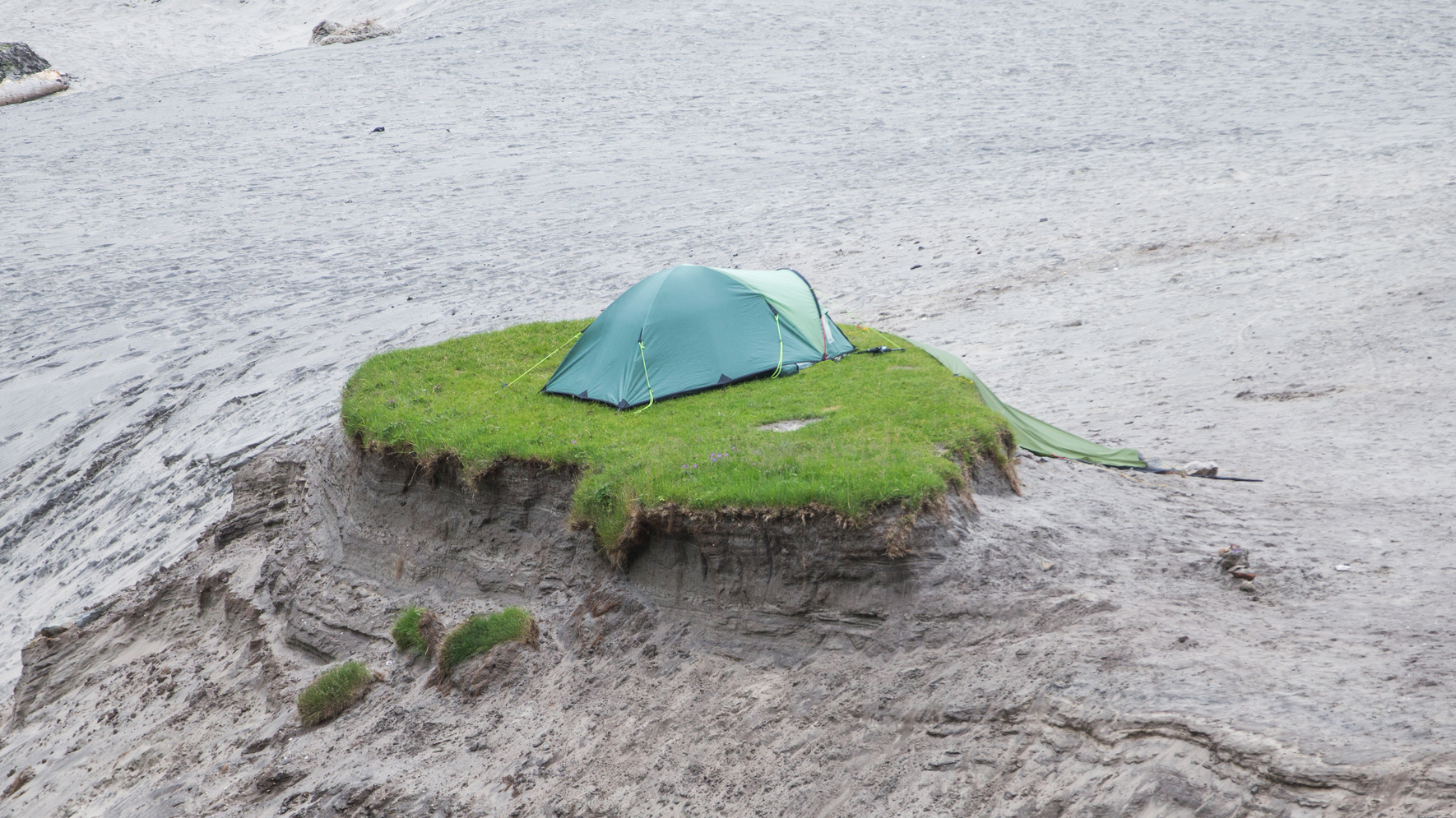
When it comes to wild camping, knowing where not to camp is the difference between a glorious wilderness experience and a night that's memorable for all the wrong reasons, leaving you questioning why you bothered lugging your tent into the backcountry in the first place.
Of course, the intrepid wild camper has a fine balance to strike. One of the main reasons we go wild camping is to pitch somewhere epic and often unusual. However, the mountains rarely provide a nice flat, bowling green style lawn to lay our groundsheet down upon, so some ingenuity is often needed.
There are plenty places where not to camp in the backcountry. Throw in elements like rock fall, heavy rain, streams in spate, potential thunderstorms and the fact that it's often technically illegal to wild camp in many places, and it suddenly becomes a bit more of a challenge finding that perfect pitch for your camping tent.
So, we've compiled this guide on where not to camp, so that next time you head off into the wilderness, you'll be armed with the knowledge to avoid a camping disaster.
Meet the expert
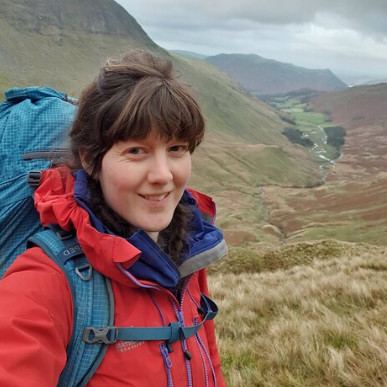
Mountain leader and mountain rescue member Emily is an expert on all things expeditions and wild camping. Based in Dartmoor National Park in England's South West, she regularly pitches in the wilderness to enjoy a night under the stars. Here, she reveals her top tips on where not the camp.
Today's best deals
1. Where it’s too wet
- Camping in boggy ground can make for a wet, miserable experience
- Don't camp too close to rivers or streams, as they can swell in the night
- Similarly, don't camp too close to the sea if you're unaware of what the tides will do
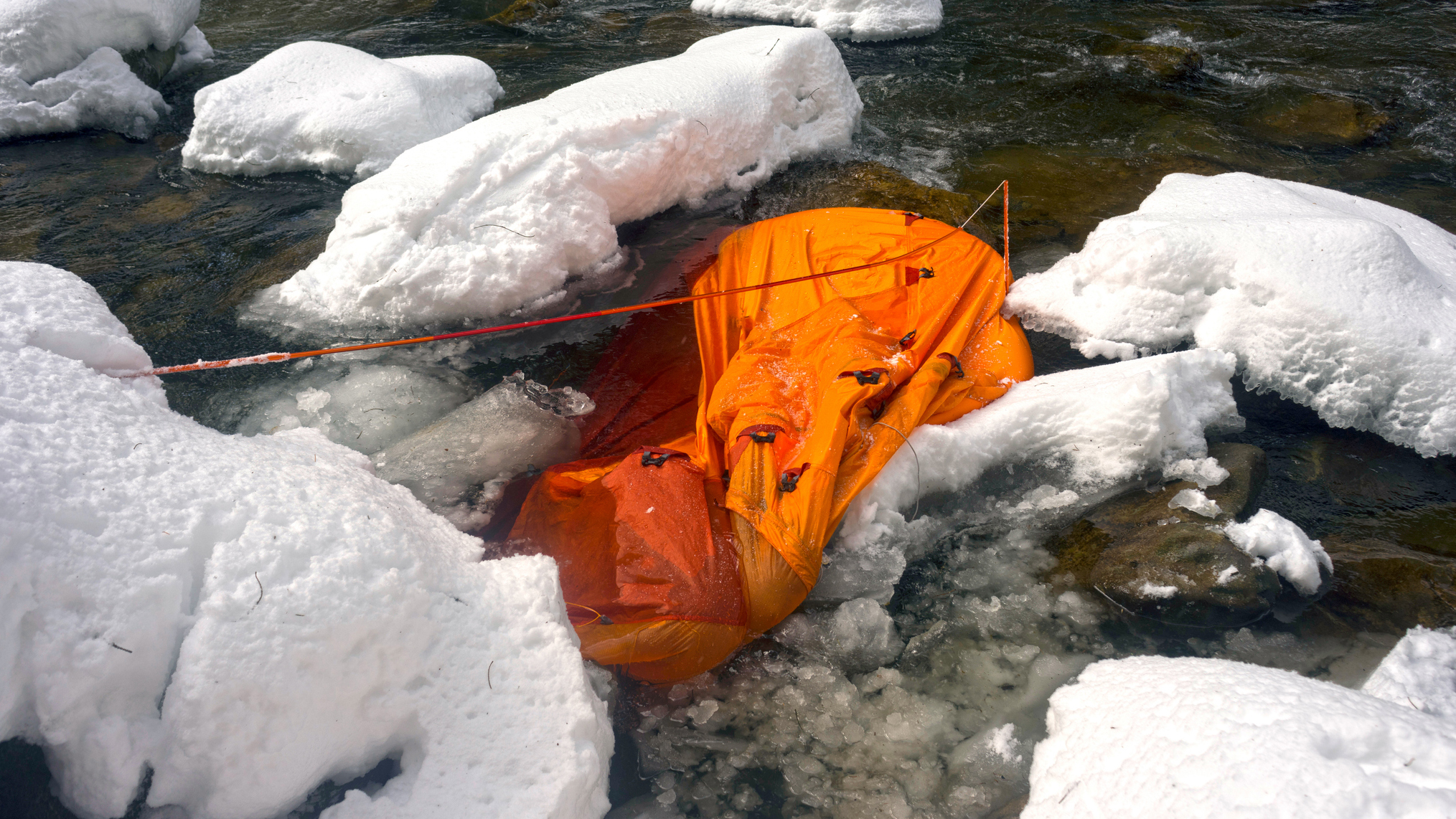
A swimming pool is an extreme example, but it’s not a good idea to camp anywhere that’s too wet. That might be in a very boggy or marshy area of ground (often instantly recognisable by the marsh grass that grows there). It might be too near to the edge of a river, or even on one of those inviting-looking tiny river islands. Yes it might look very Instagram-worthy. But if the water level rises in the night you are going to get very, very wet – and possibly end up swept downstream. The same goes for camping on a beach when the tide’s out. So no matter how waterproof your tent claims to be, don’t camp too near the water – even the best tents you can buy can't protect you from that.
2. Too close to the fire
- Pitch well away from any potential fire pits
- Try and maintain 40-foot distance between fire and tent
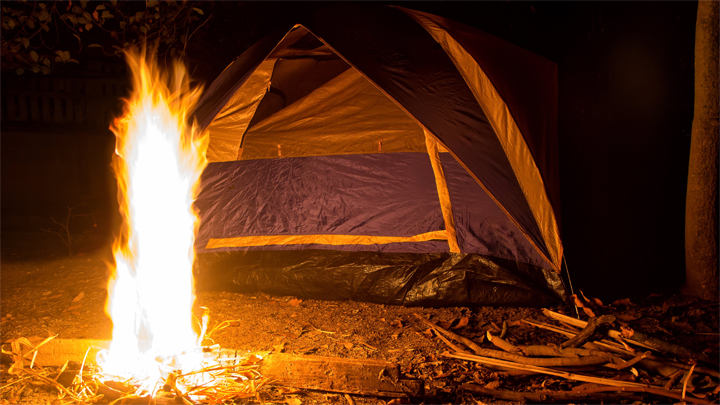
Usually, you will need to make sure that you light a fire well away from your tent, but sometimes the fireplace is already in situ when you arrive. When this is the case, ensure that you pitch your tent a safe distance from the flames – this will depend on the size of the fire and direction of the wind (leaping sparks are the biggest danger), but as a rule, try and maintain 40-foot distance between fire and tent. Also, let the fire burn down before retiring for the night.
3. Places you could get hit by a bolt from the blue
- If lightning is forecast, retreat home or camp somewhere low
- Stay well clear of trees in such instances
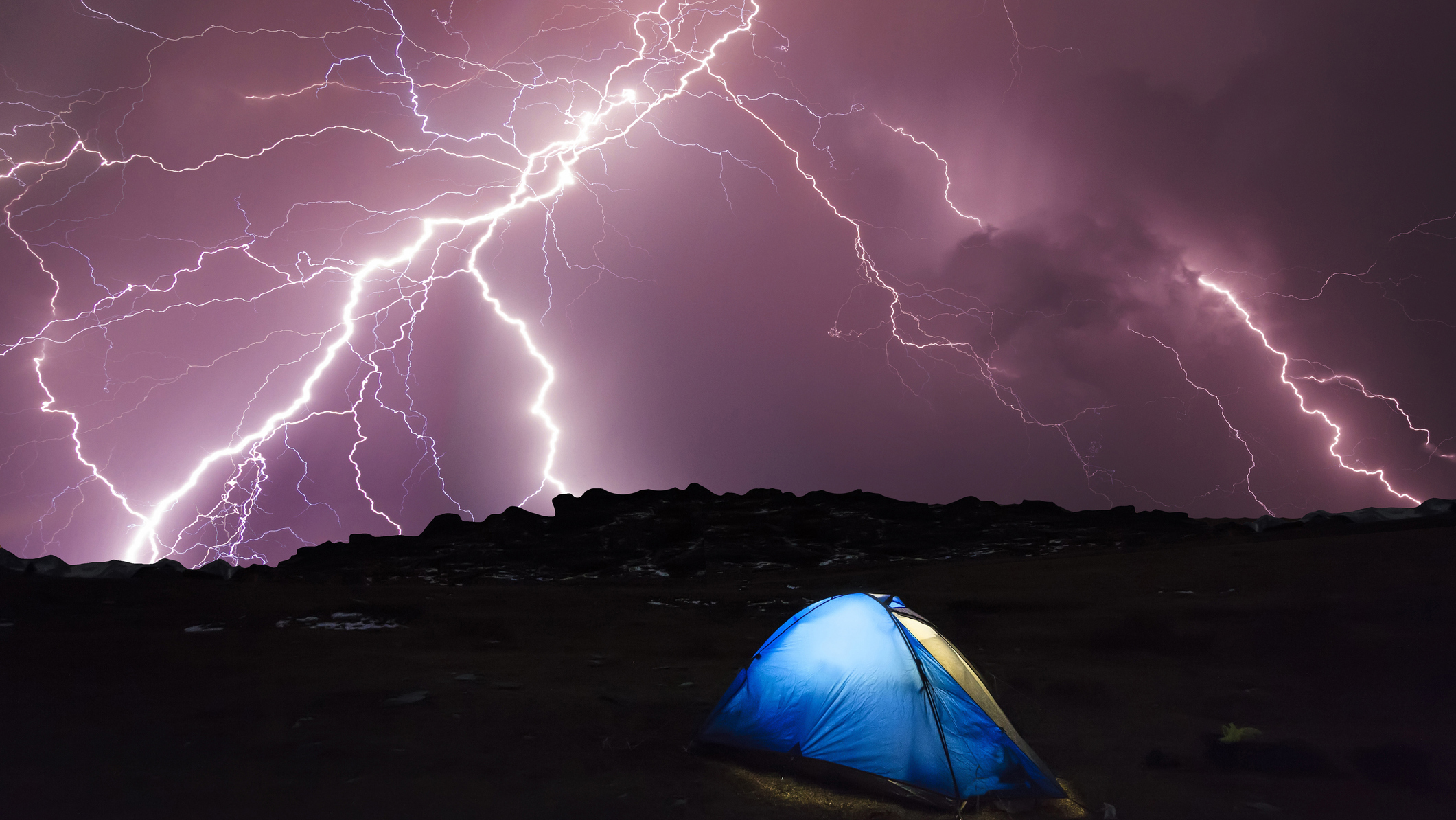
On the subject of weather, let’s address a whole group of others reasons not to camp somewhere because of the elements. In a lightning storm, you do not want to be the highest point on the landscape – especially for a prolonged period of time. When electrical storms are threatening to crackle into action, if you don’t have the option to just go home, position your tent somewhere low (but not in a spot that might become a stream after heavy rain). Stay out of the woods, too – trees and lightning are never a good mix.
Advnture Newsletter
All the latest inspiration, tips and guides to help you plan your next Advnture!
4. Under bad boughs, rolling rocks or rotten ice
- Avoid camping in the fall line of anything that could crush you in your sleep
- This goes for branches, rocks and ice
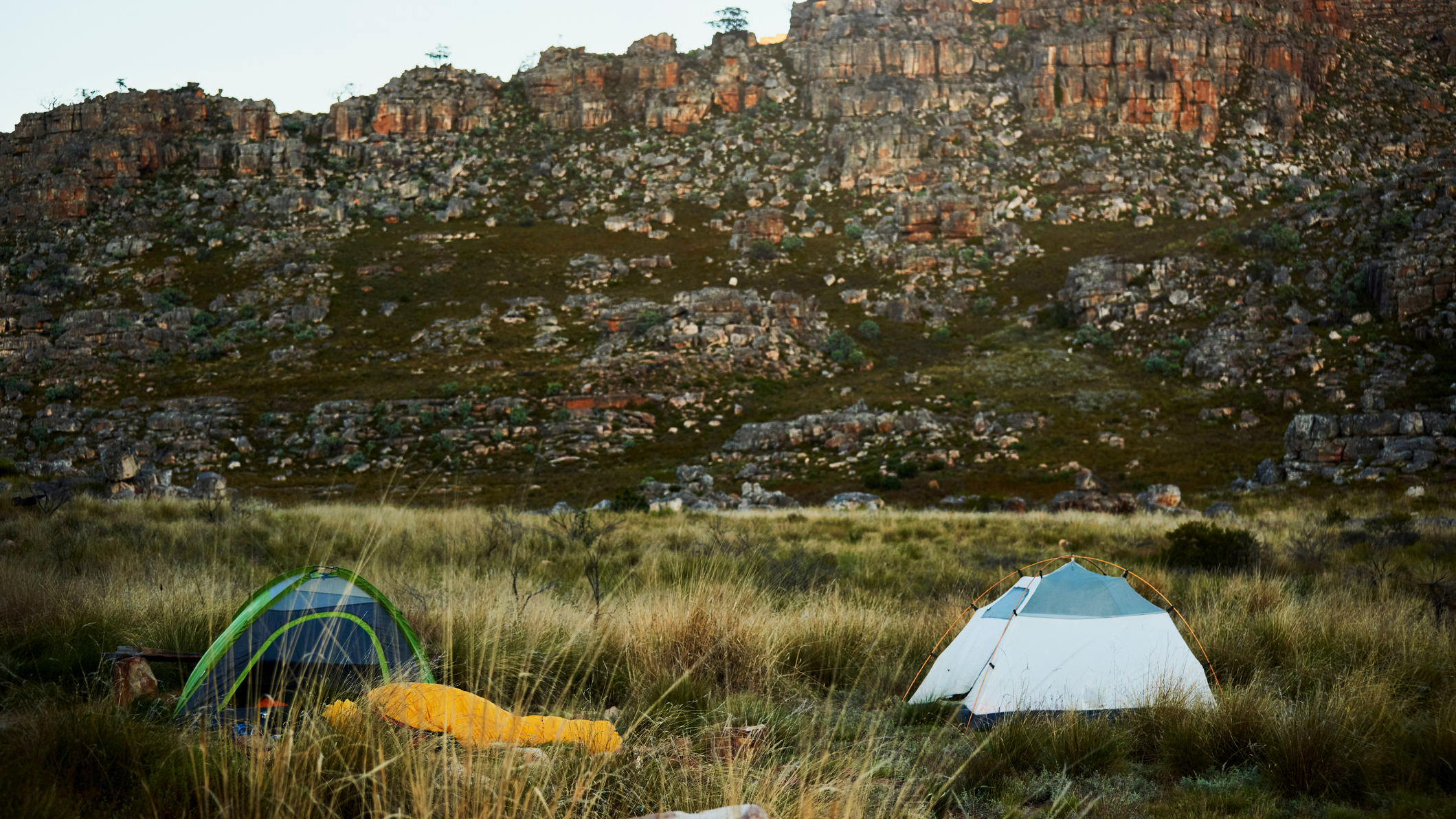
Another reason you might want to avoid camping under trees is that leaves and branches can fall off in high winds, and on extreme occasions, a whole tree might come down on your tent. Again, not something you want to wake up to. Best avoid trees unless you’re sleeping in a hammock. The same goes for cliffs, where rocks might fall, and avalanche plains, seracs… basically, it’s best to avoid camping in the fall line of anything that could crush you in your sleep. I have camped under the flank of a mountain that I could hear slowly falling down, so trust me when I say it doesn’t make for a cosy night.
5. Where it’s illegal
- Find somewhere discreet and operate according to the leave no trace principles
- Ideally sleep above the treeline and well away from roads
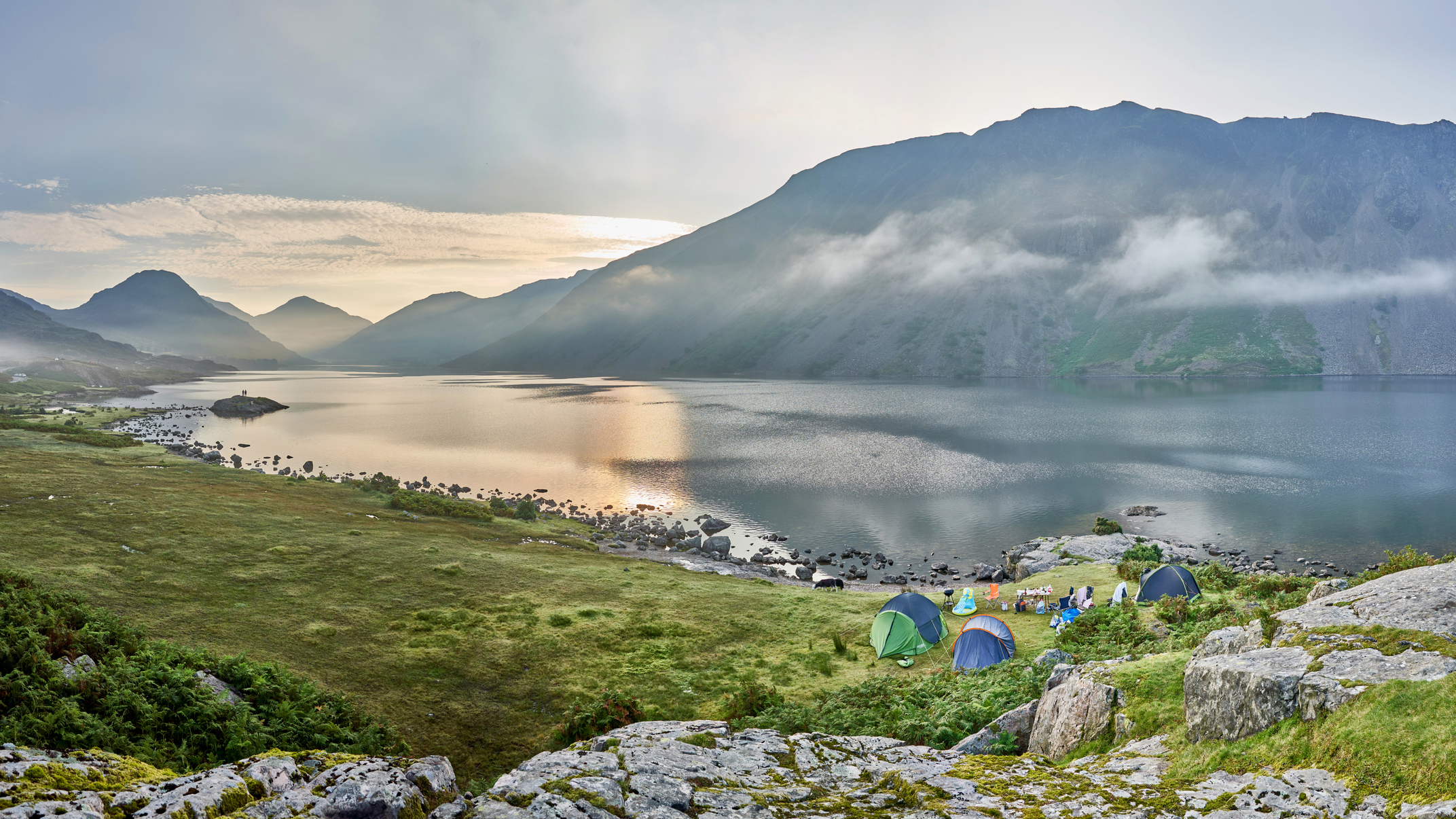
Alright, alright, I know this is contentious. To adapt the famous adage about falling trees: if a tent is put up, slept in and put away without anyone knowing or any traces left to be seen, did anyone really sleep there? But there are some places where wild camping really isn’t a great idea, and not just because of the threat of grumpy landowners wielding blunderbusses.
What looks like a quiet meadow under the cloak of darkness can turn out to be a booby trap waiting to catch you out. Some fields are sprayed with fertilizers at certain times in the early morning, or you might find that traffic uses the spot you have decided to pitch on. Equally, there might be a bull or some other easily annoyed beast in the field. Ideally you should sleep above the treeline and always well away from roads.
If you’re really desperate, you can often ask the landowner for permission, or find somewhere very discreet and operate according to Leave No Trace principles. Whatever else you do, stay well away from live firing ranges.
6. On tent destroying objects
- It can be surprisingly easy to rip a tent's groundsheet
- Prickly vegetation, sharp rocks and pointy sticks should be avoided when pitching
- Clear the site you intend to pitch on
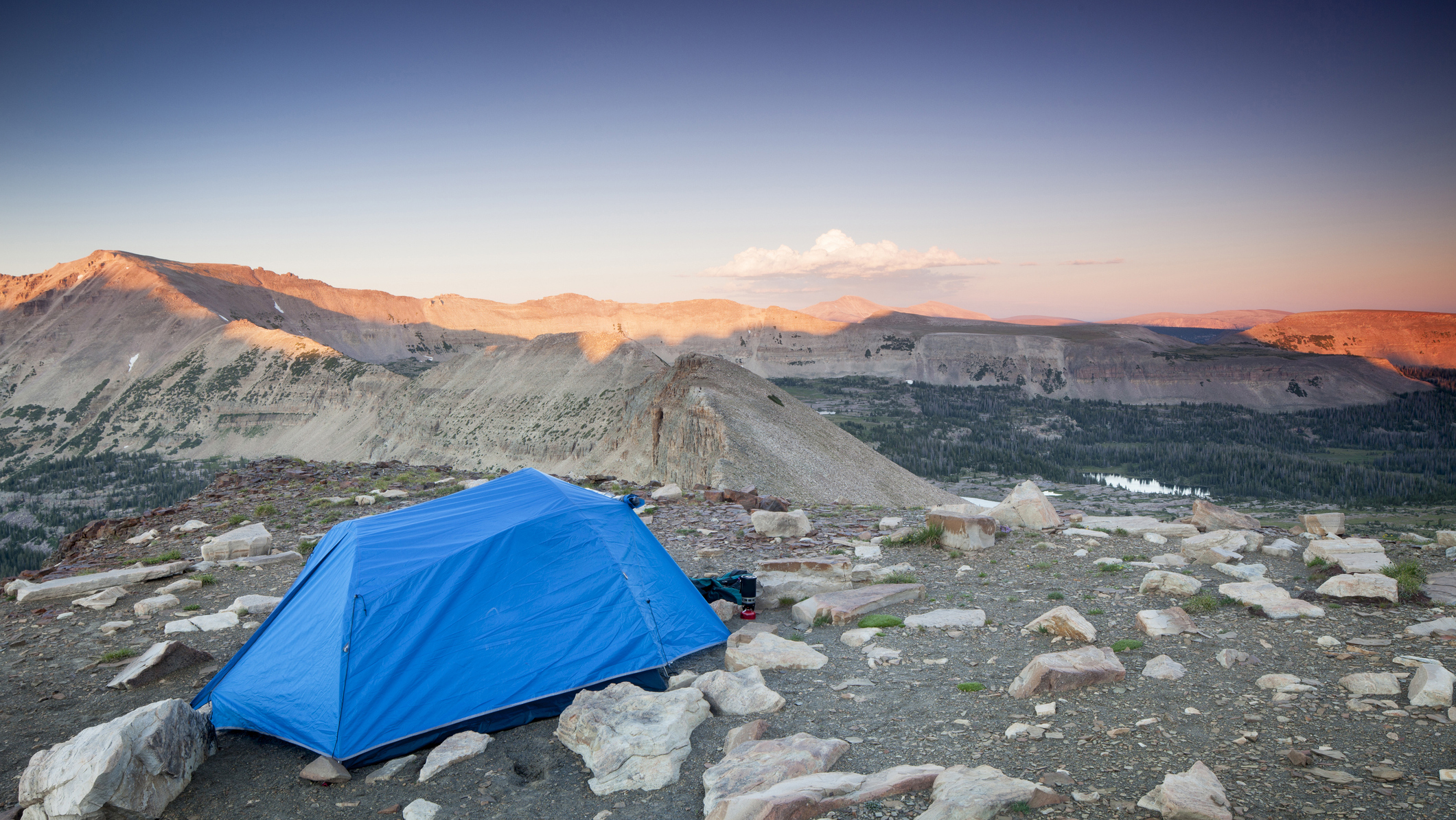
A less severe one, but something still worth considering. There is nothing more annoying than putting a hole in your tent. Many tents are quite delicate animals and it’s surprisingly easy to rip the groundsheet. Camping on top of spiky plants, sharp rocks and pointy sticks can all end badly. It’s well worth taking a minute to clear the site if you can. This will give you a chance to check for ant or wasp nests too, as putting a tent over (or too close to) either of these can really ruin the experience for everyone.
An adventure writer based on Dartmoor, England, Emily is an active member of Mountain Rescue and a summer Mountain Leader, but loves all things adventure – before her third birthday she had lived on three continents. Founder of Intrepid magazine, she works to help break stereotypes about women in the outdoors. Her expeditions have included walking all Dartmoor’s 119 tors in a single two-week outing, cycling to Switzerland and back, and riding the Rhine from source to sea.
